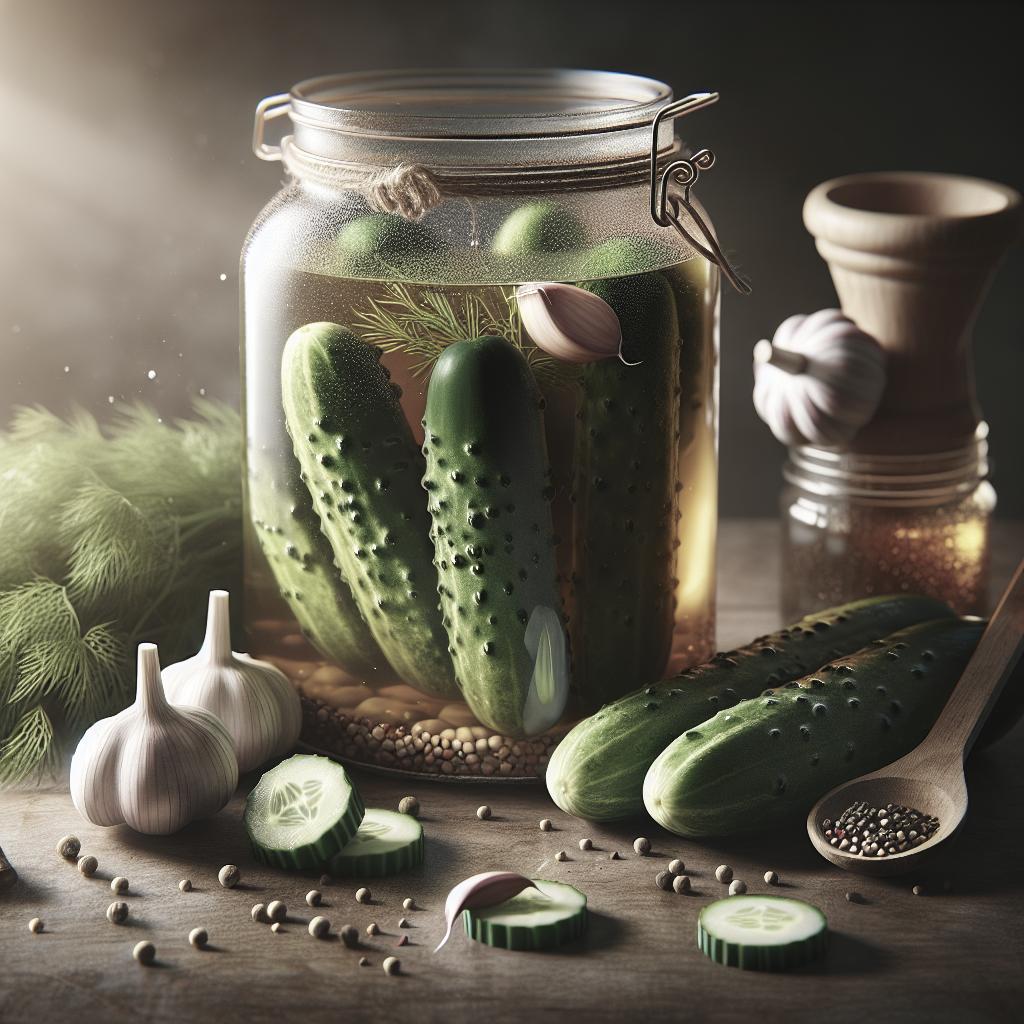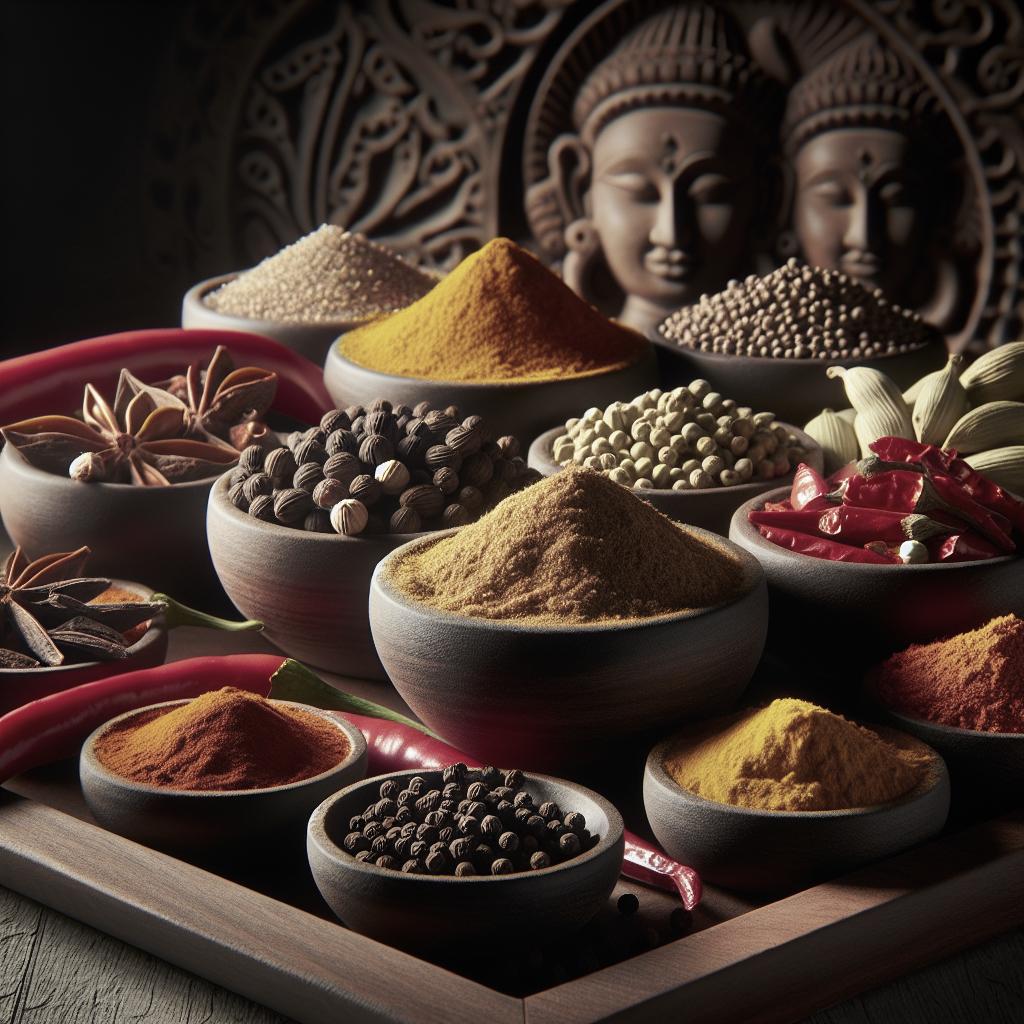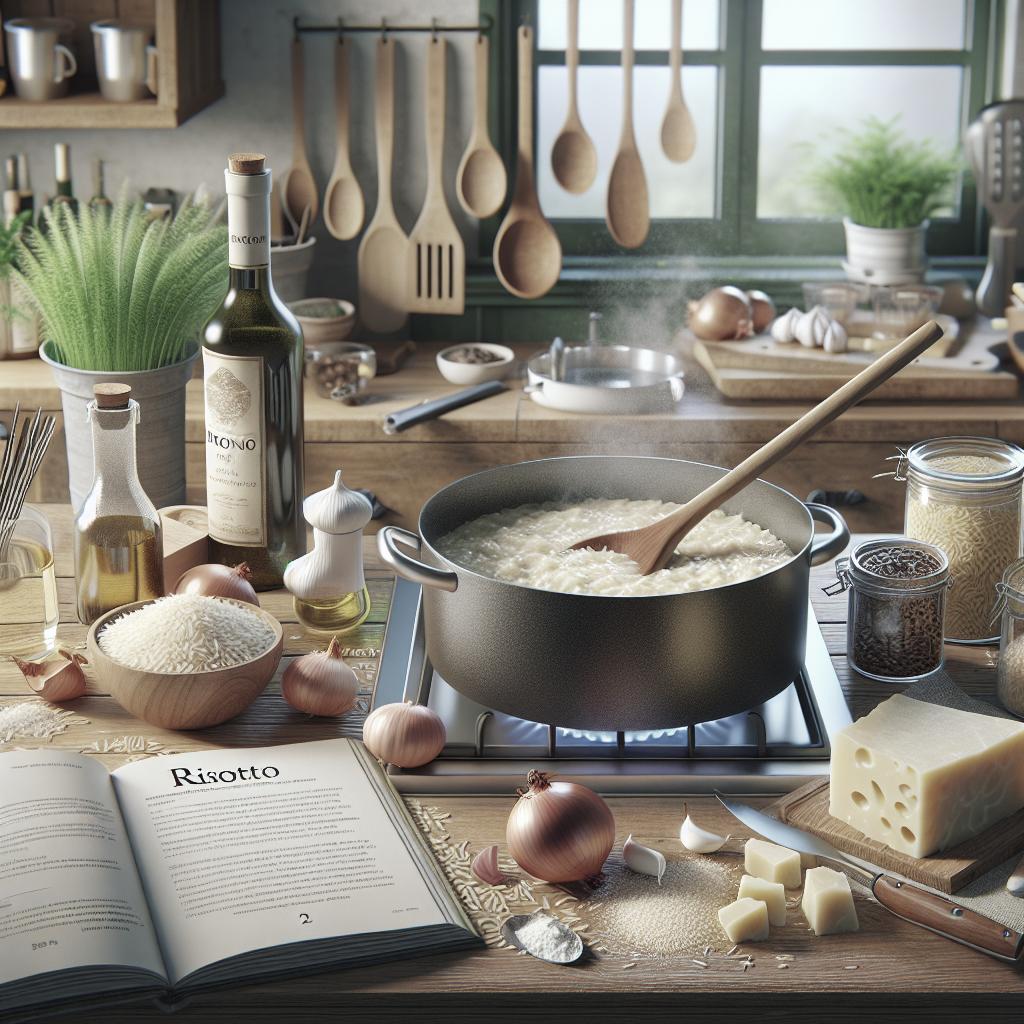“`html
How to Make Homemade Pickles
Making homemade pickles is a simple and rewarding process that you can easily master in your own kitchen. This guide will walk you through the essential equipment and ingredients, detailed instructions, and helpful notes for making perfect pickles every time. We’ll also explore the best types of jars for pickling, introduce a classic dill pickle recipe along with serving suggestions, and highlight other favorite homemade pickle varieties. Whether you’re a novice or a seasoned pickler, this comprehensive guide has something for everyone to enjoy the tangy, crunchy delight of homemade pickles.
How to Make Pickles
Equipment
The right equipment is crucial for successful pickling. You’ll need a few basic items: clean glass jars with tight-fitting lids, a large saucepan for boiling the brine, a funnel to help fill the jars, and tongs for handling hot jars. It’s also a good idea to have a clean cloth on hand to wipe the jar rims and a wooden spoon or spatula to remove bubbles from the jarred produces.
Investing in quality jars especially designed for canning will make the process easier and ensure a good seal. Regular kitchen utensils such as measuring cups and spoons will also come in handy. Remember, sterilization of jars and lids is vital to prevent any harmful bacteria from spoiling your pickles.
Ingredients
The beauty of making homemade pickles is the flexibility with ingredients. Typically, cucumbers are the star of the show for dill pickles, but you can experiment with other vegetables like carrots, beets, or radishes. For the brine, a mixture of vinegar, water, and salt forms the base, and sugar can be added for a sweet twist.
For flavoring, include fresh dill, garlic cloves, mustard seeds, and peppercorns. The ratios of these ingredients can be adjusted based on personal preference, allowing you to create a unique flavor profile. Be sure to use fresh and high-quality produce for the best results.
Instructions
Start by cleaning and slicing the cucumbers (or vegetables of choice). Meanwhile, prepare your brine by bringing vinegar, water, and salt to a boil in a saucepan. Place the sliced vegetables and chosen flavorings such as dill and garlic into the sterilized jars.
Carefully pour the hot brine over the vegetables, leaving about half an inch of space at the top. Use your spatula to remove air bubbles, then seal the jars with lids. Allow the jars to cool at room temperature before refrigerating them. Let the pickles sit for at least 24 hours before sampling to allow the flavors to meld.
Notes
It is crucial to adjust the acidity level depending on the vegetables used, as some might require more vinegar. Always keep your pickles refrigerated if you haven’t used a water bath canning technique for long-term storage.
Feel free to customize your pickles with spices like coriander, red pepper flakes, or bay leaves. Homemade pickles can last up to two months in the refrigerator if stored properly.
What are the best jars for pickling?
When choosing jars for pickling, focus on using glass jars that offer airtight seals. Mason jars with screw-on lids are the most popular choice due to their durability and reliability in sealing. These jars are reusable, environmentally friendly, and available in various sizes to suit different batch volumes.
Ensure that the jars and lids are free from cracks or imperfections that might affect the sealing process. It’s essential to properly sterilize all jar components to maintain the quality and safety of your homemade pickles.
Dill Pickles
Dill pickles are a classic choice, renowned for their tart and savory flavor profile. They make use of cucumbers, fresh dill, and plenty of garlic for that signature taste. The dill weed and seeds contribute a bright, fresh flavor that pairs wonderfully with the acidity of the vinegar.
This type of pickle works well as a snack, a side dish, or as an ingredient in sandwiches and burgers. Their crunchy texture and refreshing taste are sure to be a hit among both young and old palates alike.
Dill Pickle Recipe Serving Suggestions
Serve your homemade dill pickles alongside sandwiches and hamburgers to add a zesty crunch. Chop them up into pickle relish, which complements hot dogs or adds excitement to potato or egg salads.
You can also wrap slices of dill pickles with cured meats for an easy appetizer, or use them to garnish cocktails like the classic Bloody Mary for an interesting twist. Their versatility is one of the reasons they remain so beloved.
More Favorite Homemade Pickles
Beyond the well-loved dill pickle, there are numerous other varieties you can experiment with at home. Bread and butter pickles feature a sweet, tangy flavor that balances the vinegar with sugar and spices, making them perfect for sandwiches and charcuterie boards.
Japanese-inspired pickles, such as pickled daikon or ginger, offer bold flavors using unique spices and vinegars, while spicy pickles can be made by including hot peppers and chili flakes in your brine. The world of pickling is vast and provides endless opportunities to customize and perfect your recipes.
Here is a summary of the main points covered in this article:
| Section | Main Points |
|---|---|
| How to Make Pickles | Understanding necessary equipment, ingredients, brine preparation and pickling instructions. |
| Best Jars for Pickling | Use glass jars with airtight seals, ensure free from cracks, and proper sterilization. |
| Dill Pickles | Classic flavor using cucumbers, dill, garlic, and serving suggestions in various dishes. |
| Dill Pickle Recipe Serving Suggestions | Serve with sandwiches, burgers, use in salads, or as cocktail garnishes. |
| More Favorite Homemade Pickles | Exploring varieties like bread and butter, Japanese, and spicy pickles. |
“`


